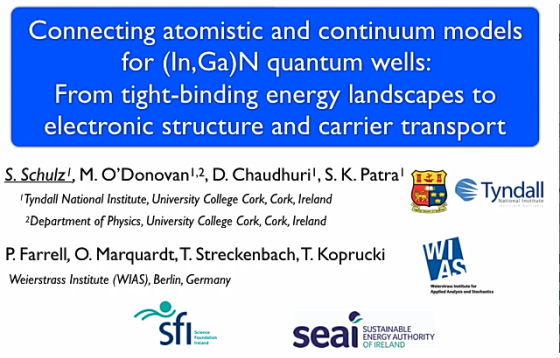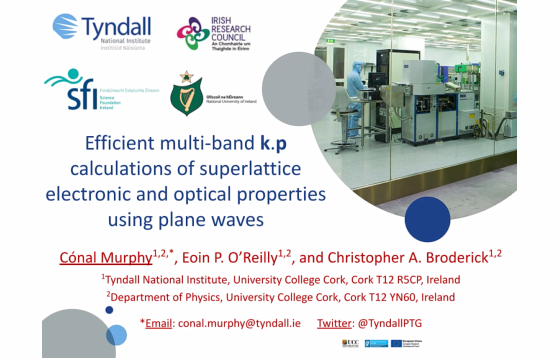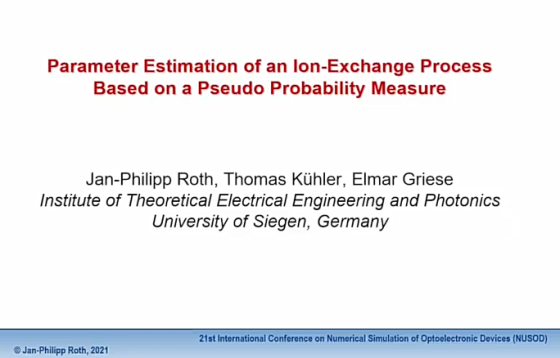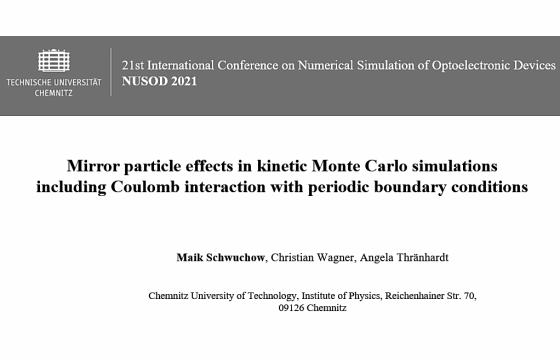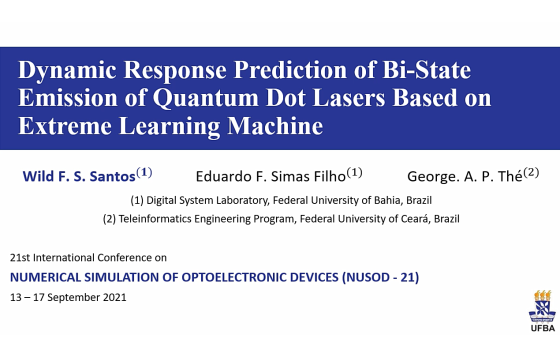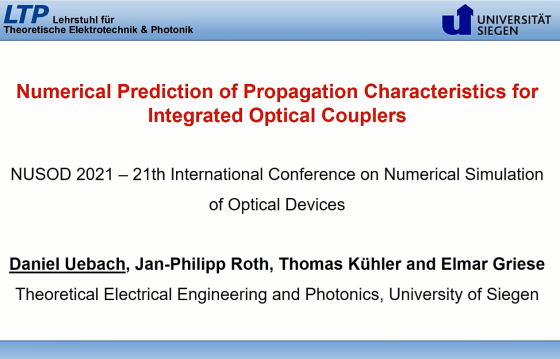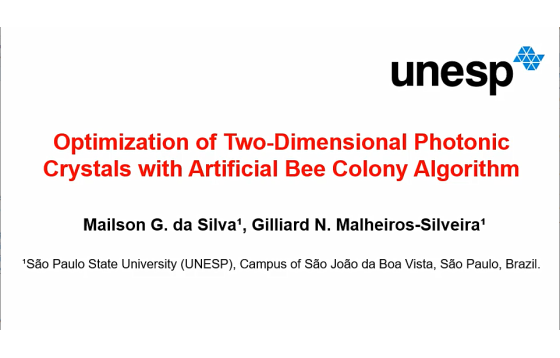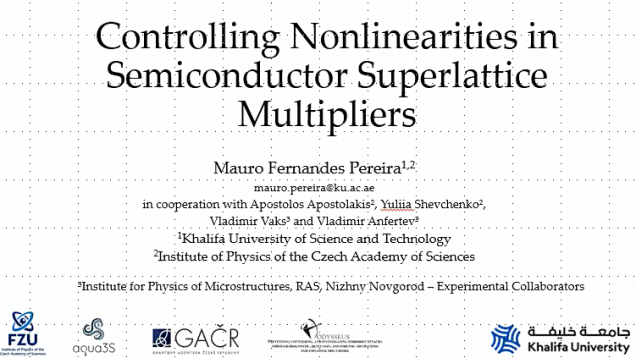MM01–Connecting atomistic and continuum models for (In,Ga)N quantum wells: From tight-binding energy landscapes to electronic structure and carrier transport
We present a multi-scale framework for calculating electronic and transport properties of nitride-based devices. Here, an atomistic tight-binding model is connected with continuum based electronic structure and transport models. In a first step, the electronic structure of (In,Ga)N quantum wells is analyzed and compared between atomistic and continuum-based approaches, showing that even though the two […]




